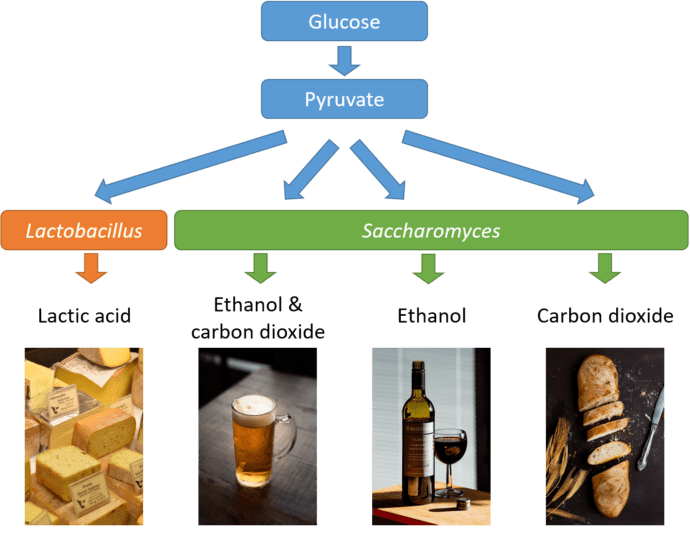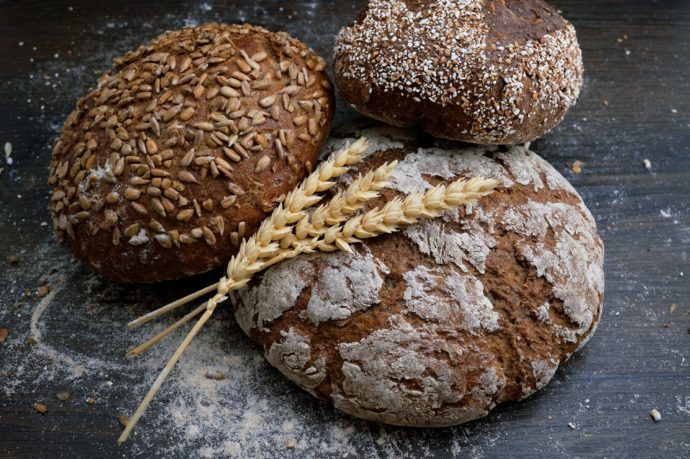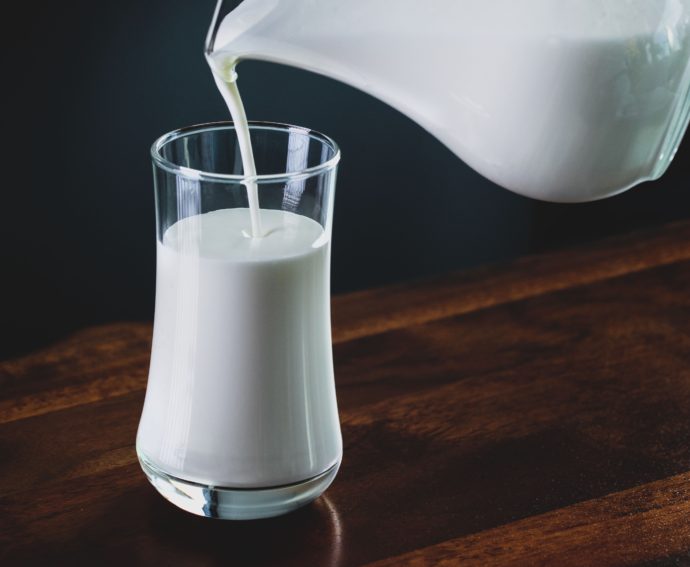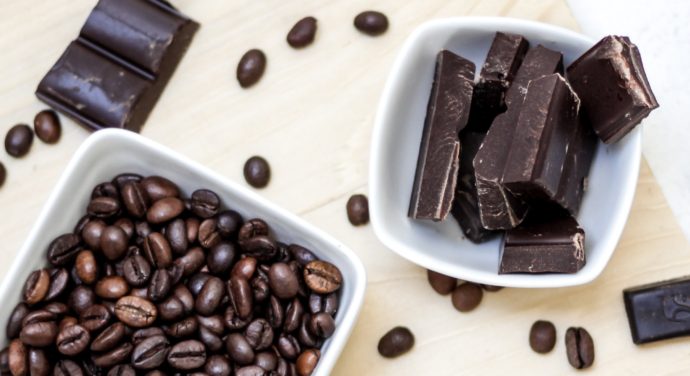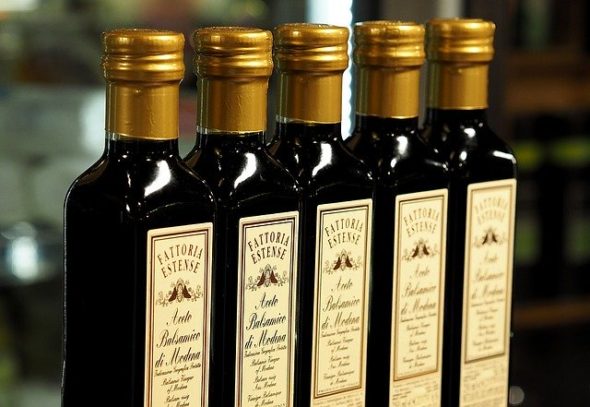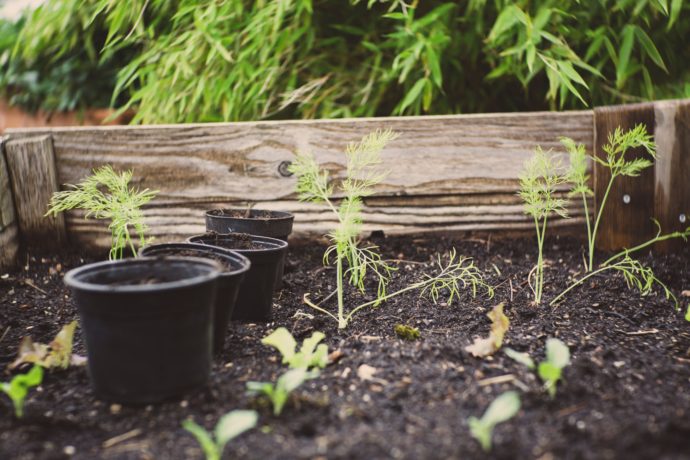Fermentation
Humans have been using microbes to generate food for thousands of years, long before we even know microbes existed. Alongside domestication of plants and animals for food production, spontaneous fermentation was used as a beneficial process to preserve foodstuffs, increase nutritional value and reduce pathogenic bacteria. It also resulted in improving the taste of many food products. Many of the same basic processes are still used to this day. The chemical reactions for fermentation vary slightly between different microbes, but essentially convert a carbon source, like glucose into pyruvate. By-products of the reaction are then exploited for making the different types of food.
More Information